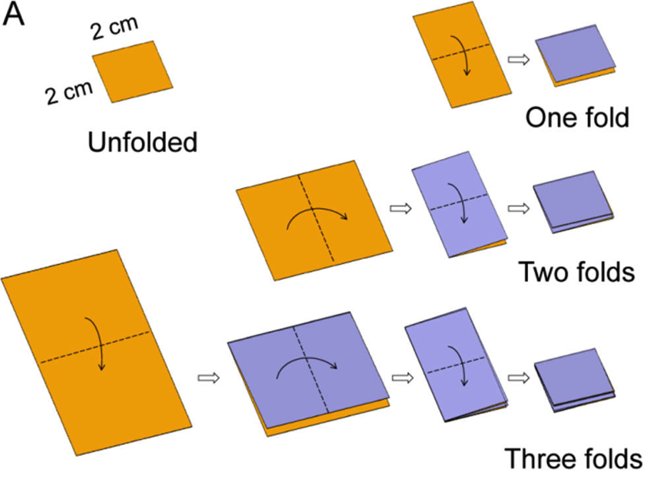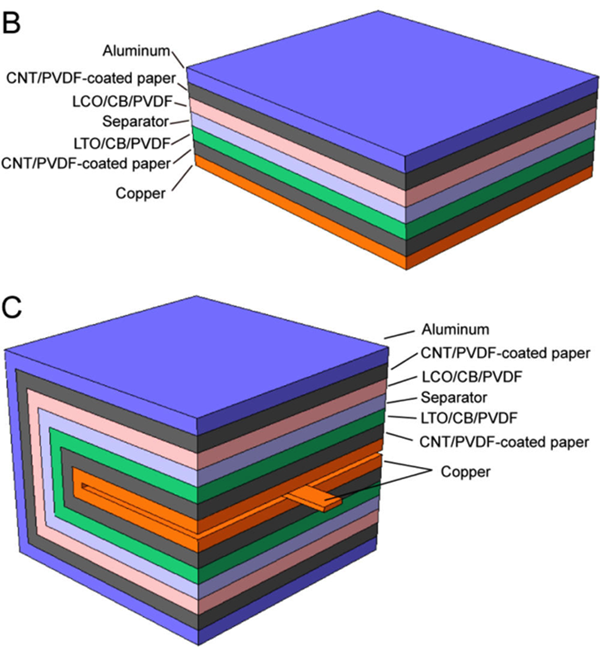Could the secret to unleashing the electromobility revolution be…origami? Researchers at Arizona State University have shown that paper-folding concepts can be applied to Li-ion batteries to build devices with higher areal energy densities.
In a paper published in the ACS journal Nano Letters, Qian Cheng and the team described how they built a battery using a paper substrate, and improved its energy density by simply folding the paper. Using a more complex pattern called Miura-ori yielded a 14-fold increase in areal energy density.
The low cost, roll-to-roll fabrication methods, flexibility, and bendability of [paper and textile substrates] are attractive for…devices such as batteries, supercapacitors, nanogenerators, solar cells, and fuel cells.
The use of paper as substrates for Li-ion battery electrodes creates a natural opportunity to exploit paper folding to achieve energy storage devices with higher areal energy density using conventional active materials. As a proof-of-concept, we have chosen to apply simple paper folding as well as the more complicated Miura-ori pattern to paper-based Li-ion battery electrodes. Miura folding consists of dividing a sheet into parallelograms with interdependent folds.

The researchers used carbon nanotube-coated (CNT) papers as the current collectors and deposited conventional active material layers on top of them. They used Laboratory Kimwipes as substrates because the thin and porous nature of the paper allowed the CNT ink to diffuse easily both inside and outside of the paper.

Using a simple folding procedure, they found that the batteries with one fold, two folds, and three folds had approximately 1.9, 4.7, and 10.6 times the areal capacity compared to a planar battery. The Coulombic efficiencies for the folded cells were also higher than for the unfolded cell.
To increase the areal capacities further, they used Miura folding to compact and fold the paper more efficiently.
Images: ACS, Cheng et al
Source: Nano Letters via Green Car Congress



















































